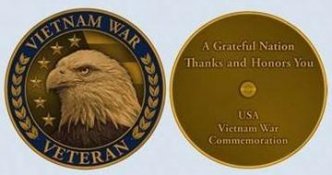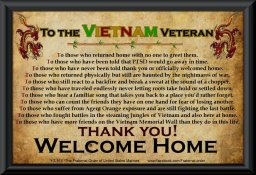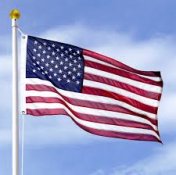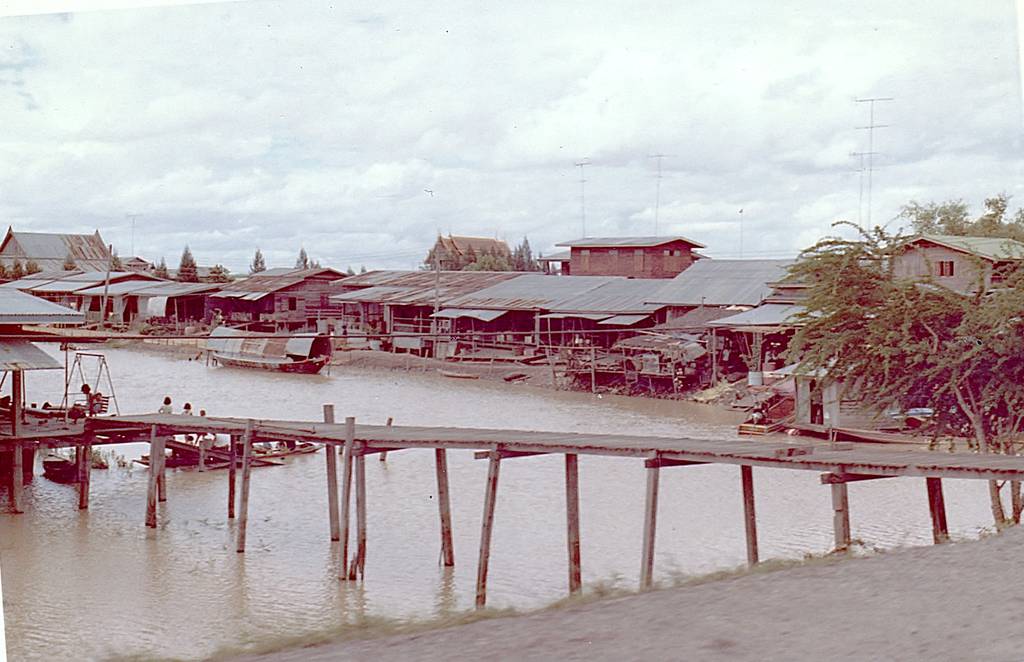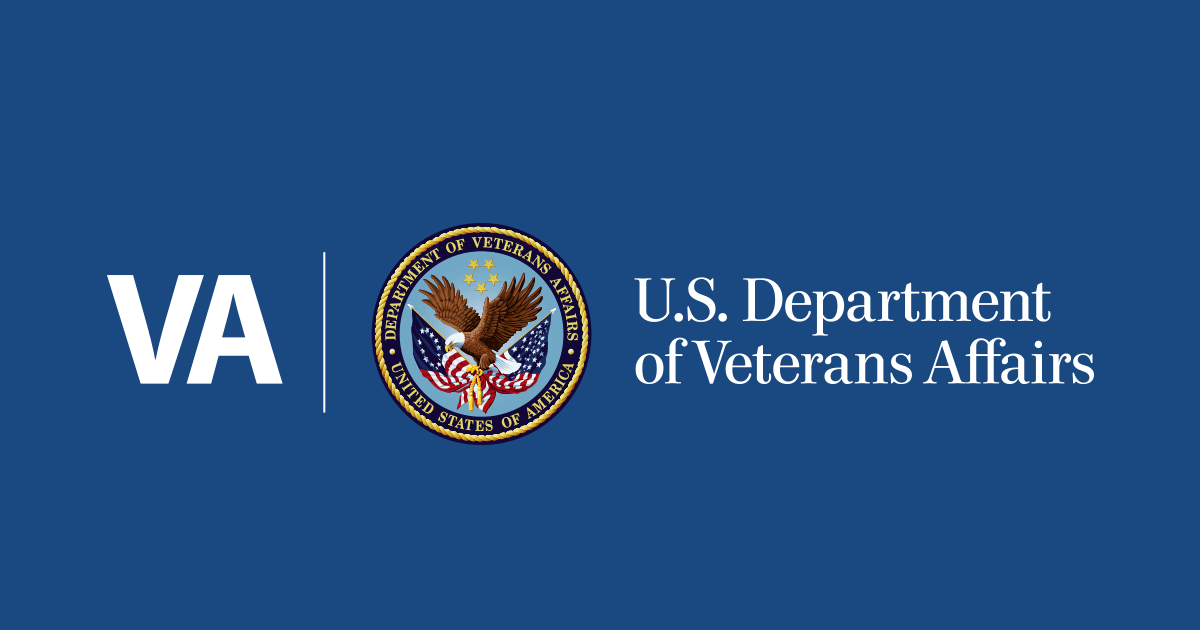Vietnam War Veterans Day is a time to pay tribute to the brave men and women who served during the Vietnam war and to remember the sacrifices they made for their country. It is also a time to reflect on the lessons learned from the Vietnam War and to honor the veterans of all wars, past and present.
On March 29th, we remember the soldiers who fought and died in Vietnam, as well as those who returned home and continue to carry the physical and emotional scars of war.
We also remember the families of these veterans and the sacrifices they made while their loved ones were away.
Vietnam War Veterans Day is a time to say "Thank You" to all Vietnam era veterans for their service and to honor their sacrifices.
It is a day to remember the past and to pay respect to those who have served their country with bravery and dignity. So, let us all take a moment to remember and honor the sacrifices of Vietnam veterans on March 29th and fly our American flag proudly.
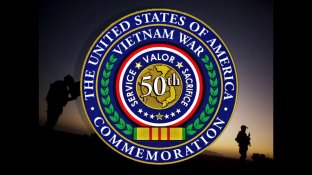
On March 29th, we remember the soldiers who fought and died in Vietnam, as well as those who returned home and continue to carry the physical and emotional scars of war.
We also remember the families of these veterans and the sacrifices they made while their loved ones were away.
Vietnam War Veterans Day is a time to say "Thank You" to all Vietnam era veterans for their service and to honor their sacrifices.
It is a day to remember the past and to pay respect to those who have served their country with bravery and dignity. So, let us all take a moment to remember and honor the sacrifices of Vietnam veterans on March 29th and fly our American flag proudly.

Last edited:

